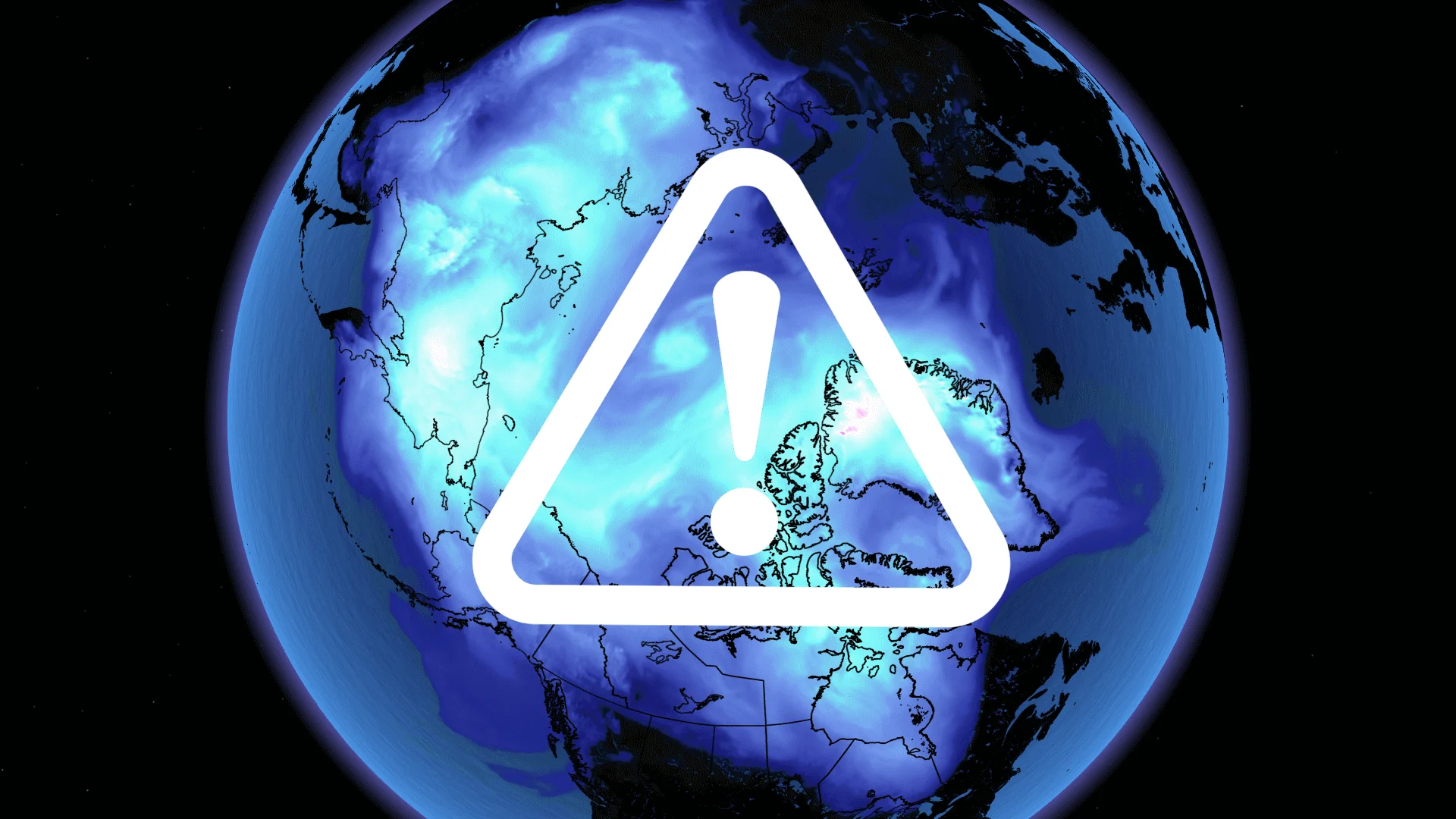
El Niño is over, but concern grows over steamy ocean waters
El Niño ended earlier this year, but ocean and air temperatures haven’t followed suit
Ocean and air temperatures around the world reached record-high levels last year, and they’ve both remained exceptionally warm throughout most of 2024.
Some of the historic warming we saw in 2023 was driven by El Niño, the pattern of warmer-than-normal Pacific waters off the west coast of South America.
We’d expect to see noticeable cooling now that El Niño is over—but we haven’t seen that shift back toward normal yet, a worrying prospect for rebuilding Arctic sea ice heading into this winter.
DON’T MISS: What does a ‘missing’ La Niña mean for Canada’s winter?

A strong El Niño ended this past spring and we’re on the path to a weak La Niña in time for this winter. These patterns of above- and below-seasonal ocean temperatures in the eastern Pacific Ocean have far-reaching consequences for global weather patterns.
El Niño, the pattern of warmer ocean waters, tends to heat up the atmosphere in a positive feedback cycle. Warmer waters lead to warmer air, which in turn warms up the waters even more. This process also leads to diminishing sea ice.

MUST SEE: What happens when El Niño and La Niña disappear?
Global sea surface temperatures set all-time high records through most of 2023, and they’ve remained near record heights for most of 2024.
These toasty ocean temperatures have tracked closely with record-warm surface air temperatures. Last year was Earth’s warmest year on record, and it’s likely that 2024’s extreme warmth could break that all-time feat.
Sea ice has responded to the historic temperatures we’ve seen for the past two years.

We’d normally see the Arctic start to freeze again as the northern hemisphere cools off with the onset of winter. However, rebuilding the lost sea ice may be a tall order given the conditions we’ve seen of late.
Global sea ice concentrations have hovered around the lowest ever recorded through most of the northern hemisphere’s summer, with October just eking out 2023 to see the lowest worldwide sea ice concentration ever measured.
If there’s a little glimmer of hope on the horizon, it’s the fact that we appear headed toward a weak La Niña over the coming weeks and months. The below-seasonal temperatures of La Niña may help cool global temperatures a little bit, which may in turn boost the prospect of rebuilding lost sea ice.
With files from MétéoMédia.











